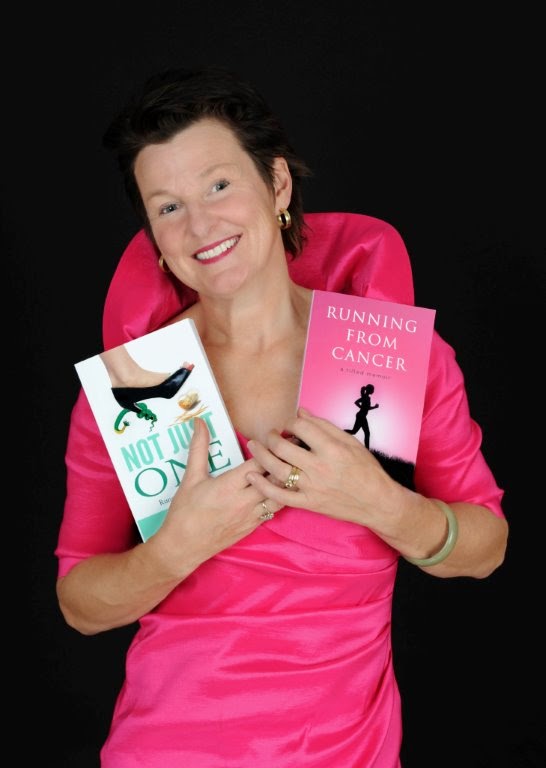It's the beginning of the growth cycle which starts the filling of our freezer with our own harvested organic food, fresh from local forests. Like an Easter egg hunt, it's fun, great exercise and other than your time and possibly gas for your vehicle, it's free food for your fridge and freezer.
What am I talking about? Fiddleheads and morel mushrooms, of course.
In Canada's coastal provinces such as New Brunswick and Nova Scotia to the Pacific Coast of British Columbia, Mother's Day signals it's time to start checking any flooded areas for the first signs of a non-flowering wild fern called fiddleheads. These natural perennial and delicious vegetables grow up from the ground as spores rather than from seeds and boast about 10,000 variations.

WHAT DO THEY TASTE LIKE? With the outer part being firm and green, a fiddlehead at first bite tastes like asparagus, but then the inside has a softer leafy fern, so you will notice a following consistency of broccoli tops. Excellent when cooked, drained and tossed with a bit of lemon or vinegar. Pre-boil, rinse well and use in other dishes like casseroles, soups and stir-frys. Endless uses for this spring-must that is higher in anti-oxidants than blueberries!
WHAT DO I LOOK FOR? As they rise from their base or their "clump" fiddleheads are tightly coiled, closely resembling the ends of a fiddle. With the type that is best to eat, both sides of the coiled fern have a covering of light, rusty brown rice-paper (NOT black) like skin that as the fern uncurls, falls off. It is rumoured that hummingbirds like to use this dried fabric as lining for their nests.
NOW WHAT DO I DO?When picking, we take the time to flick the exterior red fluff off before putting the fiddlehead in our bucket as it makes for much easier cleaning when the day is done.
Once thoroughly rinsed at least three times in cold running water to separate any leftover fluff from the greens, fiddleheads must be boiled in a pot of water(to get them clean enough to eat) for at least three to fifteen minutes, depending on your taste for crunchy or soft vegetables. Rinse well before eating.

It is the tightly coiled fronds that you want to pick for eating. It is best to pick them before their stalks are barely out of the earth. That way they will be nice and firm and will keep for weeks in the fridge.
Morels are a wild mushroom that pop their heads out of the loamy earth only in the early spring. Although most species of mushrooms are found in very distinct habitats, the morel can be found in forests of spruce, cottonwood, Douglas fir, maple, beech or poplar trees. They can be found singly or even better, in large groups (it's like winning the lottery when you find the odd big patch).
BUT WHERE ARE THEY???
Black morels (which appear first) tend to be more exclusively in hardwood forests, but not around any particular type of tree. Finding them is often like a connect-the-dots game. When you find one, be still and look nearby. When the spores that created the morel you just picked were jettisoned years ago, there likely was a wind pattern that blew the spores in a particular path. There may have been a nutrient source or environment (soil type, moisture, pH, etc.) that was conducive for growth. Look for the patterns.
Morels are particularly fond of areas that have burned the previous year. They seem to prefer soil that has been saturated from floods, snowmelts, swamps and rain so wear waterproof rubber or hiking boots when you go.
You can find the black, yellow and grey morel mushrooms growing near logs, under decomposing leaves, under dying elm trees, ash trees, popular trees, pine trees, or in old apple orchards
WHAT SHOULD I LOOK FOR?
.Not only is it the best-tasting mushroom, the morel is also the easiest to identify and safest to eat of all wild mushrooms. Generally, if you find a sponge-like protuberance, 1 to 6 inches tall pushing skyward among fallen forest leaves and grasses on spring days between 60 and 80 degrees, you're in luck. The stems and caps of morels are hollow, and the stem is attached at the base of the cap. It makes a great first mushroom to learn because its spongy shape is so distinctive and easy to identify. If you cut the morel open, it should be completely HOLLOW. If it's not do NOT eat it. And remember, any wild mushrooms MUST BE COOKED BEFORE EATING.


 You want to look for this one on the right with the bottom of the mushroom cap attached to the stalk.. If it's not attached it's called a false Morel and you should avoid it.
You want to look for this one on the right with the bottom of the mushroom cap attached to the stalk.. If it's not attached it's called a false Morel and you should avoid it.






